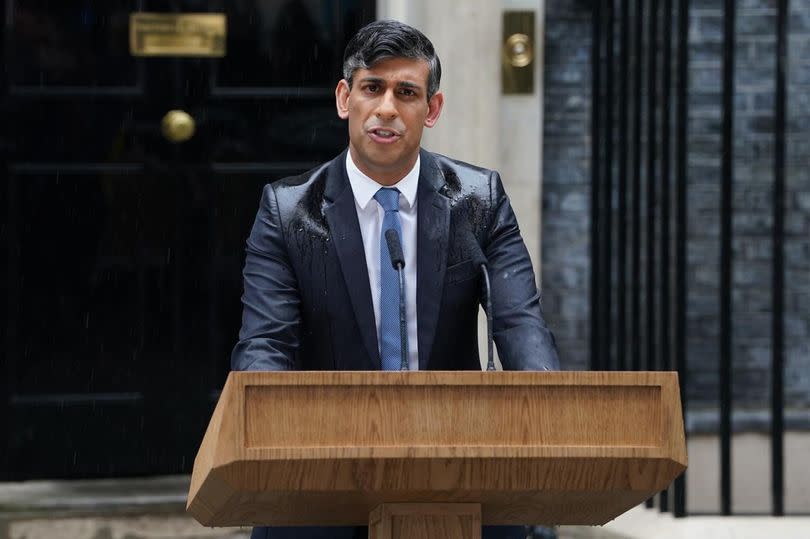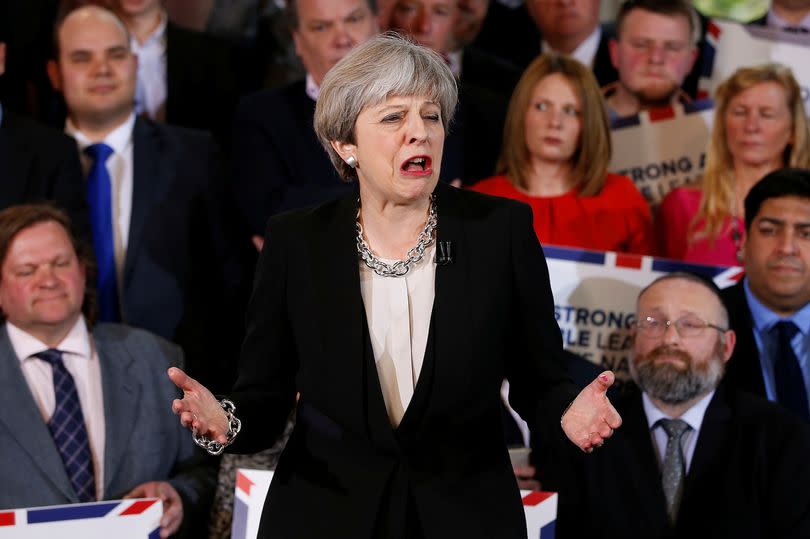How much does a general election cost in the UK?

General elections are not cheap to put on - and the UK has spent hundreds of millions of pounds on them in recent years.
Voters are heading to the polls to elect their MPs today, July 4, for the fourth time in less than a decade. Rishi Sunak called the vote back in May as the Tories neared the end of an uninterrupted five-year term in government.
Before that, the UK was put through two surprise elections. Boris Johnson called a snap election to be held in December 2019 in a bid to increase his majority and aid his Brexit negotiations. That followed Theresa May's snap election in June 2017.
READ MORE: Full list of general election results times for every UK constituency
Millions of pounds worth of taxpayers' money will have been poured into the general election this year. And it costs more to put on a general election if it is not held at the same time as the annual local elections.
Taxpayer money is used to pay for the distribution of poll cards, the operation of polling stations, the provision of postal votes, the count and the fees paid to Returning Officers for their services in delivering the elections
General elections held on the same day as local elections enable the government to combine some of these admin tasks. According to the Mirror's analysis, Mr Sunak could have saved the country around £33.2 million by calling the election for May 2, when much of the country voted for their local councillors.
The last time local and general elections were held on the same day was 2015. In the 2015 general election, the total paid by the UK Government's Consolidated Fund - which is the government's main account with the Bank of England - was £114,732,548.
The total included the follow expenses:
£2.44m for Returning Officers' services
£70.44m for Returning Officers' expenses
£0.24m for postal vote 'sweeps
£41.61m for delivery of candidate mailings
A total of £784,618 was paid back into the Consolidated Fund in forfeited candidate deposits.

Two year's later, Ms May's snap election, held in June 2017 just after the local elections, cost more. The nation spent around £140,850,000 on that election, including:
£98.3m in fees and expenses incurred by Returning Officers
£42.5m on delivering election literature
Candidates are allowed to send one election leaflet to each registered voter or household in their constituency, which is delivered at the public's expense. The candidate is responsible for funding the cost of producing the leaflet, but the Royal Mail provides the delivery service.
The purpose of allowing candidates to have one communication delivered free of charge is to ensure the electorate is informed of each party's policies ahead of voting.
The EU referendum held in June 2016 cost the nation £129.1 million. The exact costing for the 2019 general election is yet to be released.

 Yahoo News
Yahoo News 
